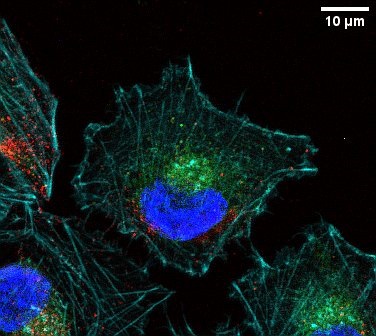Ancient Carbon Dioxide Burps Linked to Ocean Anoxia 300 Million Years Ago

Recent research conducted by a collaborative team from the University of California, Davis, the Chinese Academy of Sciences, and Texas A&M University has revealed critical insights into ancient oceanic conditions, particularly the phenomenon of ocean anoxia, which occurred approximately 300 million years ago. These findings, published in the *Proceedings of the National Academy of Sciences* on June 23, 2025, indicate that massive emissions of carbon dioxide from natural Earth systems led to significant decreases in ocean oxygen concentrations during this period.
The study utilized geochemical analyses of sediment cores and advanced climate modeling to identify five distinct periods of decreased ocean oxygen levels, ranging from 4% to 12%. These anoxic events, characterized by a lack of oxygen in ocean waters, are known to have detrimental effects on marine ecosystems and biodiversity. Isabel P. Montañez, a Distinguished Professor in the Department of Earth and Planetary Sciences at UC Davis and the senior author of the study, emphasized the relevance of these ancient events to contemporary global climate challenges. "This is our only analog for big changes in carbon dioxide at levels comparable to what we're living in today," she stated.
The research team focused on sediment cores sourced from the Naqing succession in South China. Through the analysis of carbonate uranium isotopes, they were able to chronicle environmental conditions from 310 to 290 million years ago. The correlation between spikes in carbon dioxide and uranium isotope signatures highlights the magnitude of the ocean anoxia events. Notably, the modeling indicated that these episodes lasted for approximately 100,000 to 200,000 years.
While the study found no direct correlation between oxygen decrease and known mass extinctions, it did reveal pauses in marine biodiversity that coincided with the anoxic events. Montañez noted that coastal regions likely experienced the most significant impacts, as evidenced by historical geological records that show biodiversity interruptions during these periods. "We do see these pauses in biodiversity each time these burps happen," Montañez remarked.
The Earth of 300 million years ago was vastly different from the present, with atmospheric oxygen levels estimated to be 40% to 50% higher. Despite these differences, the alarming similarity in the magnitude of carbon dioxide rises poses a cautionary tale for today's climate scenario. The current rate of human-induced carbon dioxide emissions, which Montañez described as a "burp now and at a rate two, maybe three, orders of magnitude faster than in the past," raises concerns about potential future anoxic events.
The implications of this research extend beyond a historical perspective; they serve as a stark reminder of the potential consequences of ongoing climate change. As coastal areas face increasing risks from rising carbon dioxide levels, the findings underscore the necessity for proactive measures to mitigate emissions and protect marine biodiversity. Montañez's conclusion encapsulates the urgency of the situation: "The message for us is, 'Don't be so sure that we can't do this again with our current human-driven release of carbon dioxide.'"
For further reading, see Chen, Jitao et al. (2025). "Repeated occurrences of marine anoxia under high atmospheric O2 and icehouse conditions," *Proceedings of the National Academy of Sciences*. DOI: 10.1073/pnas.2420505122.
Advertisement
Tags
Advertisement





